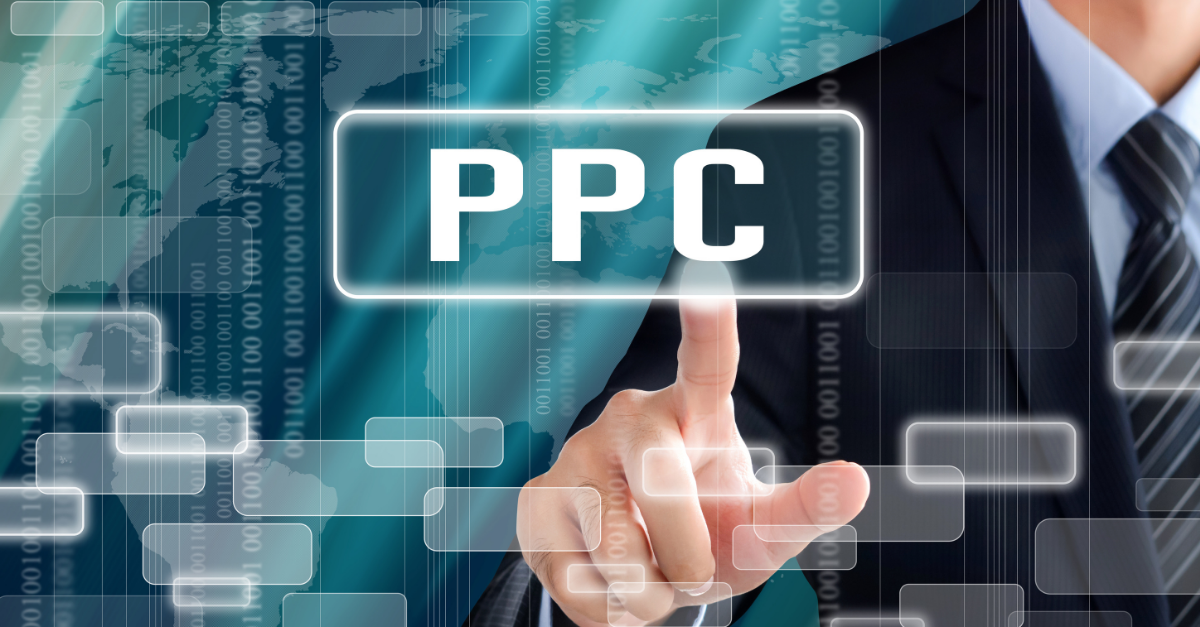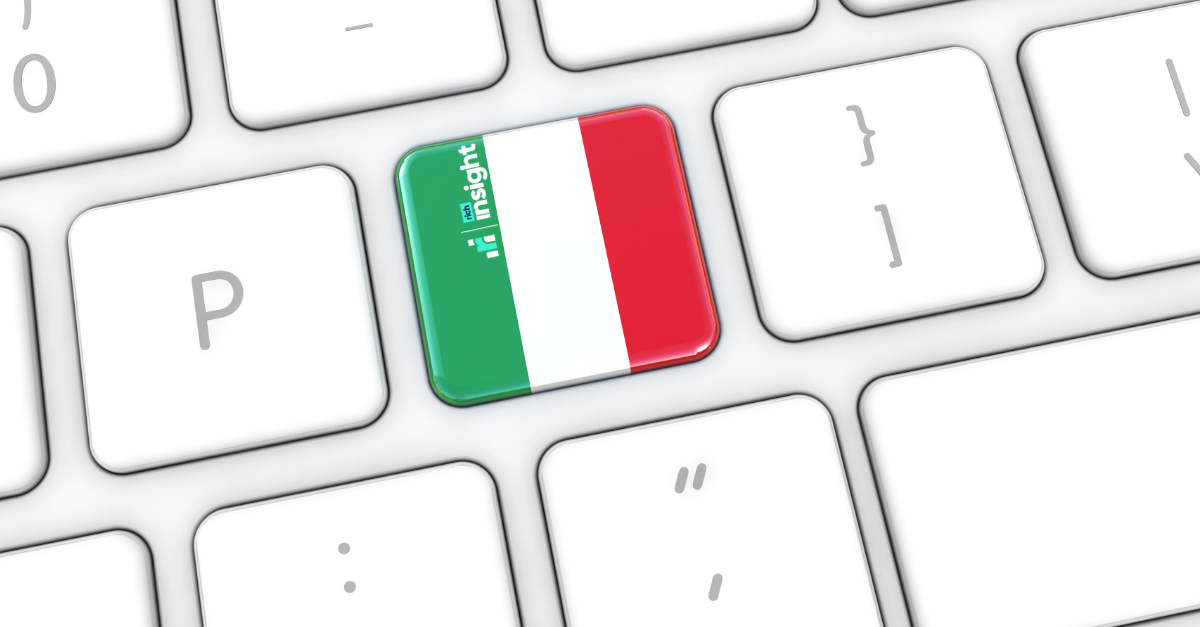Pay-per-click (PPC) is not the only way to advertise on Amazon, but some believe it's the only way to sell effectively on the platform: drawing a direct line between your PPC investment and your Amazon sales.
In the past, PPC’s ability to display ads in prominent positions and increase visibility among your target audience made it a cost-effective advertising solution for many brands, but with rising PPC costs, many brands are wondering whether you can win without it. Let’s find out.
PPC is getting more important
PPC is more prominent than ever. Go back five years and PPC was simply an additional boost to decent listings. Now, with Amazon changing its algorithm to give increasing preference to PPC listings, a quarter of Amazon’s search results showcase PPC listings.
Paid placements (i.e. sponsored brand ads and sponsored product ads) therefore take up most of the first page of search results. As 70% of consumers stick to the first page, you’re limiting yourself to a maximum of 30% of potential customers if you’re not investing in PPC.
If you’ve built up a following for your products and have thousands of sales and reviews, you may reach the first page organically, but for those launching a new product or selling higher-value products with lower sales volumes, PPC is increasingly important.
Rising cost of PPC
It’s simple supply and demand. As PPC is more important, there’s increased demand for sought-after keywords, which drives the costs up. That’s why Amazon uses a bidding system for PPC keywords.
For example, the average cost-per-click rose from $0.76 in 2020 to $1.06 in November 2022 (even peaking as high as $1.24 in 2021). Although still cheaper than the likes of Facebook and Google Ads (and with a better return on ad spend), it’s no wonder 38% of Amazon sellers are concerned about rising ad costs.
In addition, as more sellers join the platform and fight for these keywords, these costs are expected to continue their upward march.
How to lower your PPC spend
By combining amazing SEO-focused listings with wider brand awareness strategies (i.e. social media campaigns so consumers search for your brand directly), selling successfully without PPC is possible. But for most brands, some use of PPC is still desirable (or even necessary), so the big question is: how can I lower my PPC spend?
Here are three tactics:
- Buy long-tail keywords. Buying specific keywords with low search volumes that are directly relevant to your product is much cheaper than bidding on popular search terms - and leads to higher conversions. For instance, bidding on ‘kids sustainable bamboo toothbrush’ will be more affordable than just ‘wooden toothbrush’.
- Aim for the 2.5 rule. If you’re unsure whether to increase your bid on a keyword auction, work out if the cost per click is more than 2.5% of your product’s sales price. If your bamboo toothbrush costs £10, for example, spending more than £0.25p on the keyword will increasingly reduce your profit margin and make PPC less valuable.
- Piggyback on established listings. Many brands try to differentiate themselves on Amazon with new product names and tags. While this can have a positive effect, it also makes it harder for customers to find your products without PPC. However, if you copy the listings of established brand names, you can piggyback on their PPC spend and brand presence.
Optimised listings are the basis of PPC
In 2024, PPC is still important for any Amazon seller looking to grow their marketplace presence and sales. But before you consider your PPC strategy, you can’t forget your product listings.
Even if you pay for all the keywords in the world, you won’t sell anything unless your listings are clear, compelling and up-to-date. At eManaged, we not only advise you on the right PPC strategy for your brand and targets, but help optimise your listings for your target audience across multiple different marketplaces (using localisation strategies and listing software partners).






Blog Comments